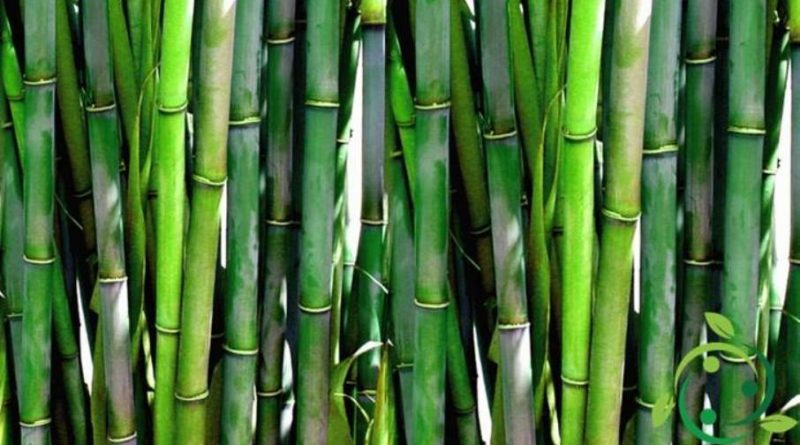How to grow bamboo
How to grow bamboo
Bamboo (Bambusoideae Luerss., 1893) is a subfamily of plants belonging to the Poaceae family. There are many species from the small ones, less than 1 meter in height and with the stems of a half centimeter in diameter, to the giant ones, also 25 meters high and with a diameter of 30 cm. In this contribution we will see how to grow the bamboo, knowing that its cultivation must be done with specific purposes and with a good ability to control the plant as it is rather invasive. The cultivation of bamboo can have multiple purposes: ranging from food to green building; but without wanting to make great supply chains, just think that the most practical application of bamboo is that of a tree guard and scaffolding very useful in cultivation or to create green barriers and hedges. Moreover, in order to grow the bamboo it is necessary that the climate is suitable for this plant of Asian origins that can not stand both the high temperatures and the frosts. The ideal climate would be tropical but in the insular coastal areas of southern Italy it is possible to grow it.
For cultivation, given the many species and varieties (commercially divided into bamboo bunches, creeper and reeds) we recommend the bunch that creates clusters of plants less invasive. For the plant let’s remember that the area where to grow it must have a sun exposure of at least eight hours and be well sheltered during the winter; the soil must be very rich in organic substance and marly in nature. Furthermore, bamboo has a very superficial root system that can easily be subjected to parasitic attacks if it is not kept clean and protected. Furthermore, it is necessary to know that all the bamboo varieties are propagated through the roots and rhizomes by monododial or sympathic route. By monopodial way it means that the propagation takes place under the earth in a longer time; by sympathetic route there is a high variability in functions of climatic conditions and types of soil. The bamboo plant, whether it is from seed or seedlings, should be done in April with distances of at least one meter. Subsequently to the plant it is necessary to irrigate often without creating in any way stagnations. The technique of mulching with straw or leaves is very useful for the bamboo, which makes you waste less water and protect the root system of this plant. in the cultivation of this plant then you have to be very careful in containing the new jets outside the area where you intend to grow it. In general this can be done in two ways: the first method consists in the real removal of every rhizome which tends to escape from the boundaries of the area destined for cultivation; the second is that of the containment of plants with a physical barrier, a system that is better suited to the cultivation of the climbing variety. The barriers (root-tight) must have a depth of at least one meter to avoid any spreading outside the perimeter. Important is then the technique of pruning and pruning shoots and weaker branches and old ones (which you can use immediately as supports for your crops). In this way the cultivation of the bamboo will have a great utility for the supply of material to be used in the company at practically zero cost and with a remarkable ecological revenue. Remember also that fresh sprouts can be eaten fresh and seasoned as real salads, with a flavor that in some way resembles that of onion.

